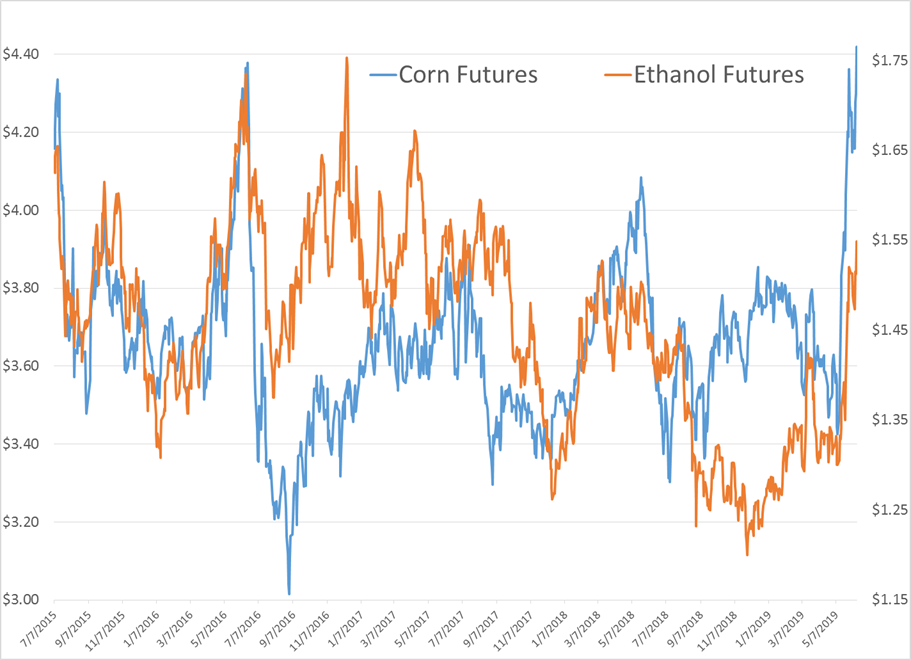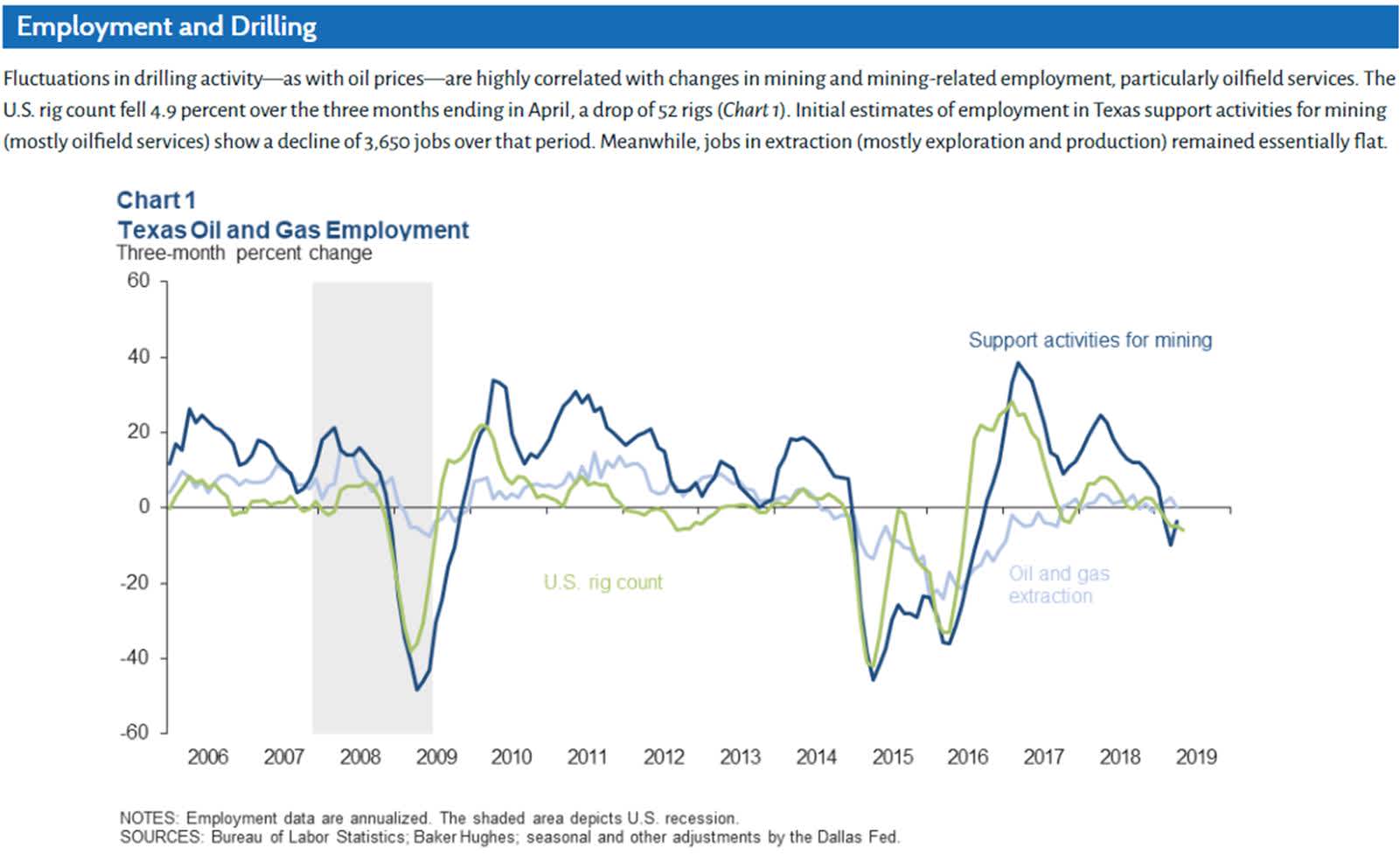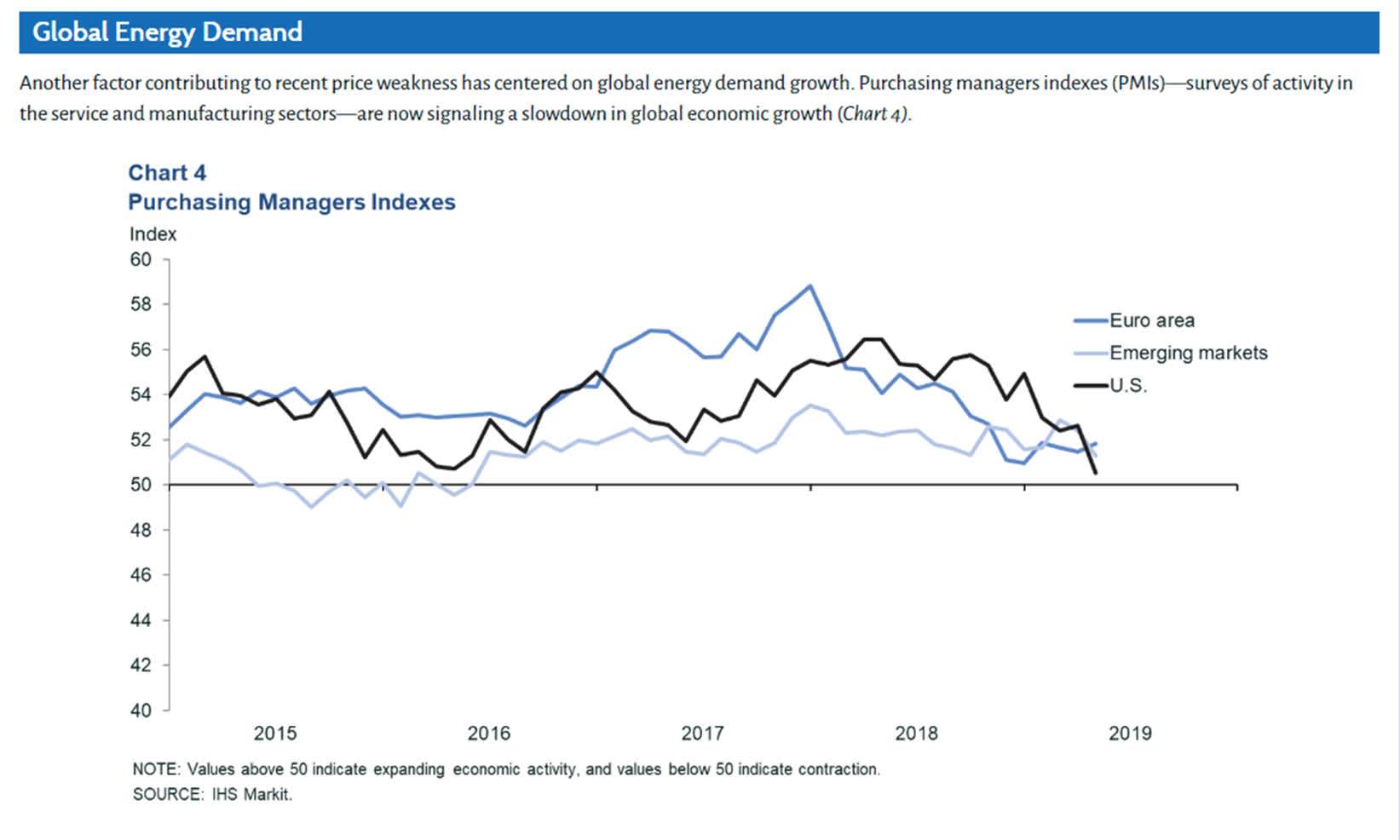Demand Fears Stronger Than Supply Fears

Demand fears appear to be stronger than supply fears this week as energy prices stagnate even though it appears that the Iranian military has been placing bombs on oil tankers near the world’s most important shipping lane. The 2nd week of each month brings a data deluge as various global agencies publish their monthly reports, and this week’s theme was that oil demand is softening, and that appears to have kept buyers on the sidelines despite the drama playing out in the Gulf of Oman.
The battle of words between the US & Iran appears to be staying just that, which is a great relief for many – not just energy consumers – even as video evidence suggests a clear link to Iranian forces and yesterday’s tanker attacks. That lack of escalation – coupled with ongoing demand worries – tempered the market reaction to the attacks, with the big 4 petroleum contracts all still holding losses for the week. I would not be surprised to see a price rally this afternoon however as traders tend not to like being short heading into a weekend with this type of geopolitical tension looming.
The IEA’s monthly oil report was the third this week to note the negative effects of various trade issues on global oil demand. The report that demand growth in the first quarter grew at the slowest rate since the financial crisis, offsetting ongoing supply issues in Iran, Venezuela, Libya etc. While global demand continues to grow, OECD nations are seeing a decline in oil demand, with a petrochemical slowdown in Europe and “tepid” gasoline & diesel demand in the US both cited. The other particularly relevant point made in the monthly report was that the benefit of OPEC supply cuts is that it also increases the world’s spare production capacity.
With US production capabilities soaring, the total global spare oil production capacity may be at levels we haven’t seen in decades, and certainly appears to be acting as a speed bump for prices considering how they’ve barely moved even though the world’s most strategic waterway has hosted numerous ship attacks in the past 2 months.
The EIA reported yesterday that US crude imports from OPEC members dropped to a 30-year low in March.
The Dallas FED’s June energy indicator report showed that support activities for mining operations in Texas have fallen sharply as rig counts have dropped in the past few months. Like the monthly reports from the EIA, OPEC and IEA, this report also noted a slowdown in oil consumption across developed nations.
While petroleum prices are stagnating, corn and ethanol prices have reached multi-year highs this week as more heavy rain is forecast across the mid-continent, threatening to take this year’s crop progress from bad to worse.
Latest Posts
Gasoline Futures Are Leading The Way Lower This Morning
The Sell-Off Continues In Energy Markets, RBOB Gasoline Futures Are Now Down Nearly 13 Cents In The Past Two Days
Week 15 - US DOE Inventory Recap
Prices To Lease Space On Colonial’s Main Gasoline Line Continue To Rally This Week
Social Media
News & Views
View All
Gasoline Futures Are Leading The Way Lower This Morning
It was a volatile night for markets around the world as Israel reportedly launched a direct strike against Iran. Many global markets, from equities to currencies to commodities saw big swings as traders initially braced for the worst, then reversed course rapidly once Iran indicated that it was not planning to retaliate. Refined products spiked following the initial reports, with ULSD futures up 11 cents and RBOB up 7 at their highest, only to reverse to losses this morning. Equities saw similar moves in reverse overnight as a flight to safety trade soon gave way to a sigh of relief recovery.
Gasoline futures are leading the way lower this morning, adding to the argument that we may have seen the spring peak in prices a week ago, unless some actual disruption pops up in the coming weeks. The longer term up-trend is still intact and sets a near-term target to the downside roughly 9 cents below current values. ULSD meanwhile is just a nickel away from setting new lows for the year, which would open up a technical trap door for prices to slide another 30 cents as we move towards summer.
A Reuters report this morning suggests that the EPA is ready to announce another temporary waiver of smog-prevention rules that will allow E15 sales this summer as political winds continue to prove stronger than any legitimate environmental agenda. RIN prices had stabilized around 45 cents/RIN for D4 and D6 credits this week and are already trading a penny lower following this report.
Delek’s Big Spring refinery reported maintenance on an FCC unit that would require 3 days of work. That facility, along with several others across TX, have had numerous issues ever since the deep freeze events in 2021 and 2024 did widespread damage. Meanwhile, overnight storms across the Midwest caused at least one terminal to be knocked offline in the St. Louis area, but so far no refinery upsets have been reported.
Meanwhile, in Russia: Refiners are apparently installing anti-drone nets to protect their facilities since apparently their sling shots stopped working.
Click here to download a PDF of today's TACenergy Market Talk.

The Sell-Off Continues In Energy Markets, RBOB Gasoline Futures Are Now Down Nearly 13 Cents In The Past Two Days
The sell-off continues in energy markets. RBOB gasoline futures are now down nearly 13 cents in the past two days, and have fallen 16 cents from a week ago, leading to questions about whether or not we’ve seen the seasonal peak in gasoline prices. ULSD futures are also coming under heavy selling pressure, dropping 15 cents so far this week and are trading at their lowest level since January 3rd.
The drop on the weekly chart certainly takes away the upside momentum for gasoline that still favored a run at the $3 mark just a few days ago, but the longer term up-trend that helped propel a 90-cent increase since mid-December is still intact as long as prices stay above the $2.60 mark for the next week. If diesel prices break below $2.50 there’s a strong possibility that we see another 30 cent price drop in the next couple of weeks.
An unwind of long positions after Iran’s attack on Israel was swatted out of the sky without further escalation (so far anyway) and reports that Russia is resuming refinery runs, both seeming to be contributing factors to the sharp pullback in prices.
Along with the uncertainty about where the next attacks may or may not occur, and if they will have any meaningful impact on supply, come no shortage of rumors about potential SPR releases or how OPEC might respond to the crisis. The only thing that’s certain at this point, is that there’s much more spare capacity for both oil production and refining now than there was 2 years ago, which seems to be helping keep a lid on prices despite so much tension.
In addition, for those that remember the chaos in oil markets 50 years ago sparked by similar events in and around Israel, read this note from the NY Times on why things are different this time around.
The DOE’s weekly status report was largely ignored in the midst of the big sell-off Wednesday, with few noteworthy items in the report.
Diesel demand did see a strong recovery from last week’s throwaway figure that proves the vulnerability of the weekly estimates, particularly the week after a holiday, but that did nothing to slow the sell-off in ULSD futures.
Perhaps the biggest next of the week was that the agency made its seasonal changes to nameplate refining capacity as facilities emerged from their spring maintenance.
PADD 2 saw an increase of 36mb/day, and PADD 3 increased by 72mb/day, both of which set new records for regional capacity. PADD 5 meanwhile continued its slow-motion decline, losing another 30mb/day of capacity as California’s war of attrition against the industry continues. It’s worth noting that given the glacial pace of EIA reporting on the topic, we’re unlikely to see the impact of Rodeo’s conversion in the official numbers until next year.
Speaking of which, if you believe the PADD 5 diesel chart below that suggests the region is running out of the fuel, when in fact there’s an excess in most local markets, you haven’t been paying attention. Gasoline inventories on the West Coast however do appear consistent with reality as less refining output and a lack of resupply options both continue to create headaches for suppliers.




